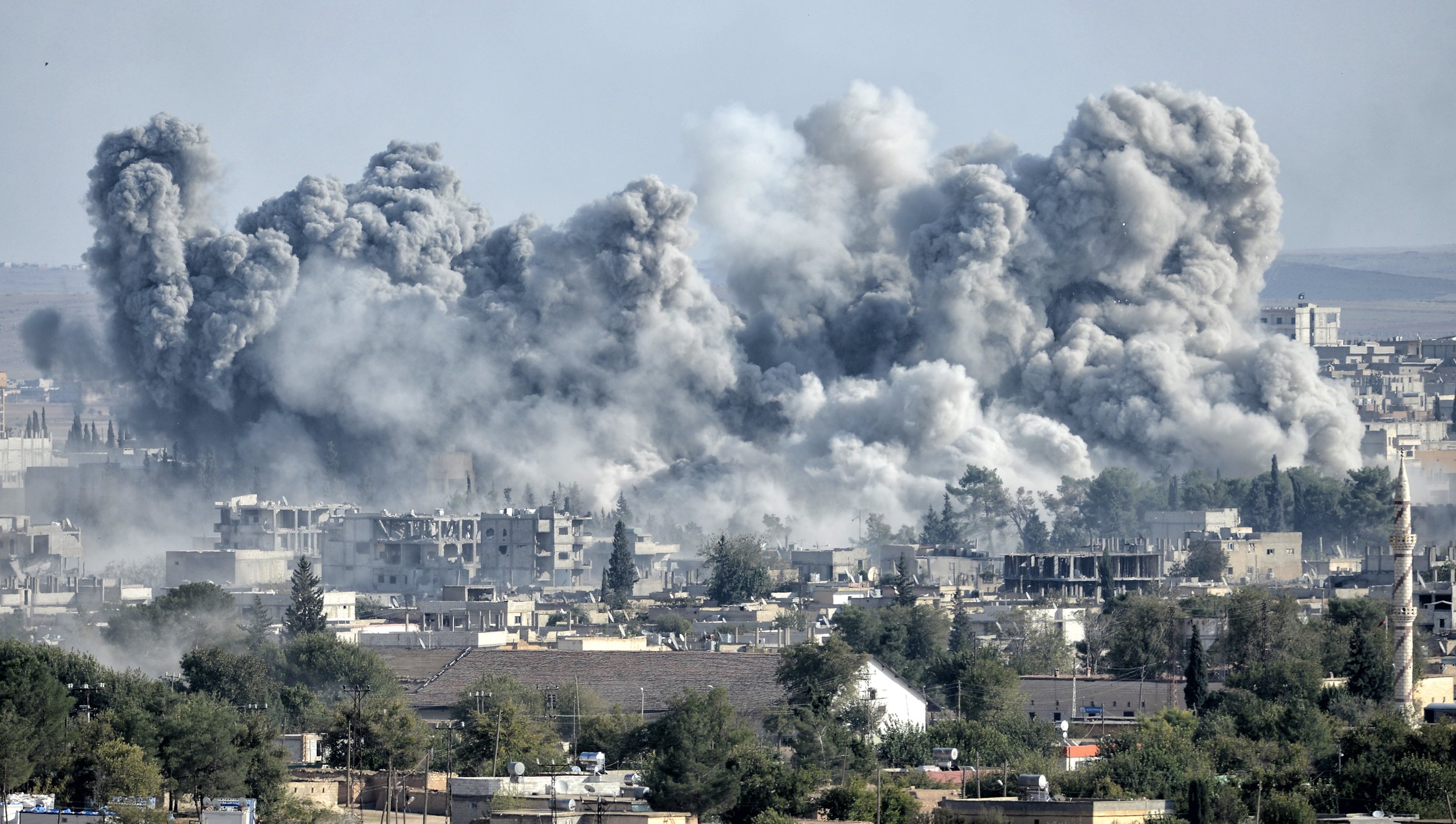The common refrain is that 6 million Jews died in the Holocaust during World War II. In the nations subject to US intervention in the wars following the 9/11 attacks, estimates from Brown University’s Cost of War project tally the dead at a figure distressingly close to that.
4.5 million people on all “sides” of the various factions across 7 countries are believed to have been killed, more than half of whom were children, and around 3.6 to 3.7 million from non-violent deaths from conditions of poverty, disease, and malnutrition that arose as a consequence of the wars initiated by America in their countries.
The authors of the report stress that body counts are controversial, and tallying death rates and ascribing causes to them from societal breakdown is even harder. Governments lie, international organizations don’t always have the staff, funding, and access to conflict areas, and traumatized survivors have difficulty recalling precise difficulties; these are all irregularities the project attempted to grapple with.
However difficult it may be, the hope was to “convey the scale of the suffering” and “urgent need to mitigate the damage” which the report details is actually accelerating in certain countries.
“Though in 2021 the United States withdrew military forces from Afghanistan, officially ending a war that began with its invasion 20 years prior, today Afghans are suffering and dying from war-related causes at higher rates than ever,” the report explains, highlighting this issue.
For example, 7.6 million children in the nations subject to US wars post 9/11 are victims of either stunting or “wasting” defined as at serious risk of death from simple infections as a result of weakened immunity from lack of food. Just in Yemen, more than 17.4 million Yemenis are food insecure and 7.3 million facing emergency levels of hunger.
Also explored are disruptions in society such as the bombing of roads critical for transporting goods to rural areas, killings of primary family breadwinners catapulting their dependents into poverty, inaccess to healthcare services, population-wide trauma and mental health difficulties, various economic impacts, and areas that become inaccessible due to mines and unexploded bombs.
In Syria in 2021, for example, just 56% of primary healthcare facilities and 63% of hospitals were fully functional.
“Syria has also been a hotspot of attacks on healthcare,” the report details. “In 2017, a U.S. air campaign to oust the Islamic State from its stronghold in Raqqa resulted in thousands of deaths. 104 U.S. coalition forces launched air strikes on buildings full of civilians using wide-area effect munitions, which could be expected to destroy the buildings, including at least two dozen health facilities”.
The report reckons that around 900,000 people were killed directly in America’s post-9/11 rampage, a number which is more supported by evidence, and shocking in its size. But the paper was entitled “How Death Outlives War” and hoped more to detail the aftershocks of those wars. WaL
PICTURED ABOVE: US airstrikes in the city of Raqqa, Syria, which killed 1,400 civilians.
If you think the stories you’ve just read were worth a few dollars, consider donating here to our modest $500-a-year administration costs.



